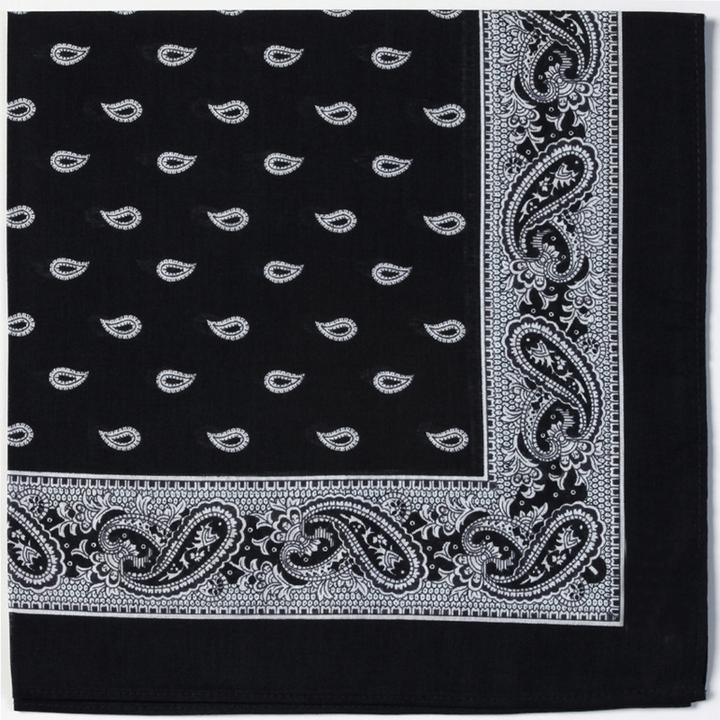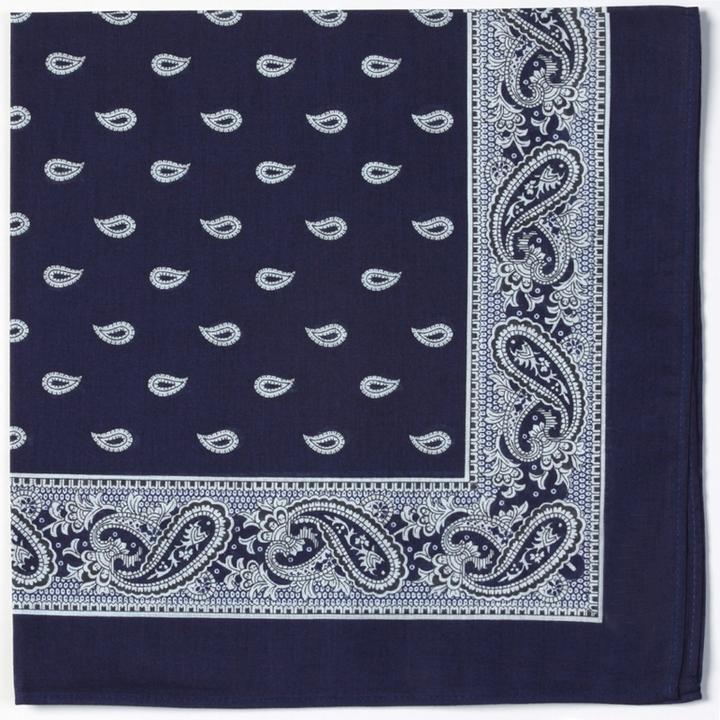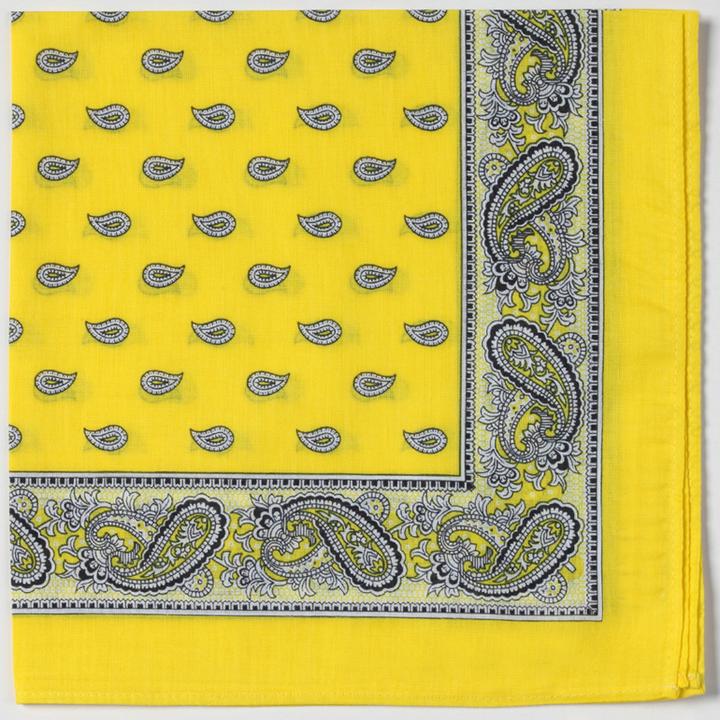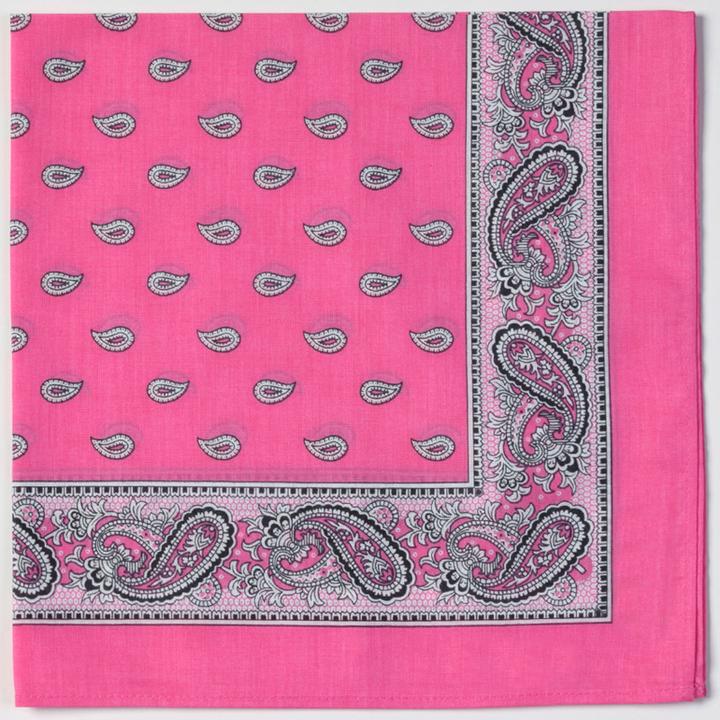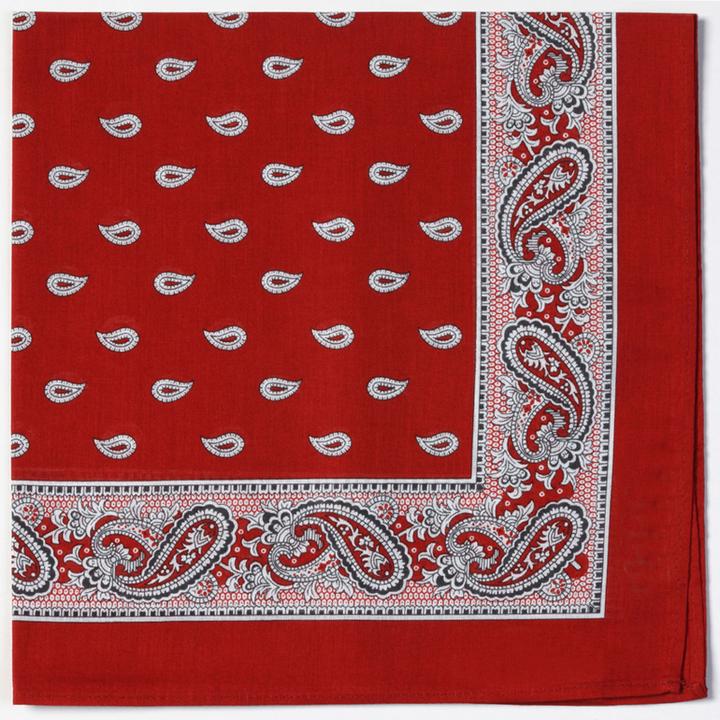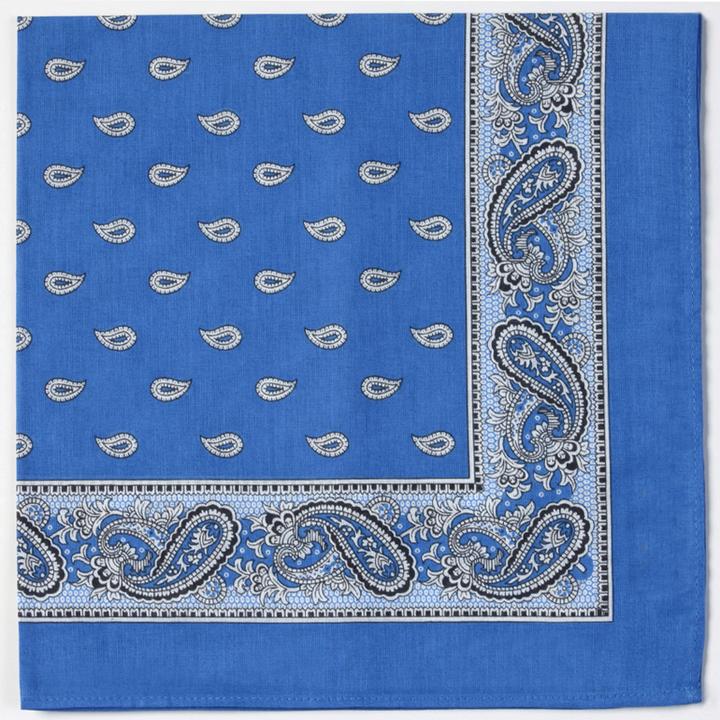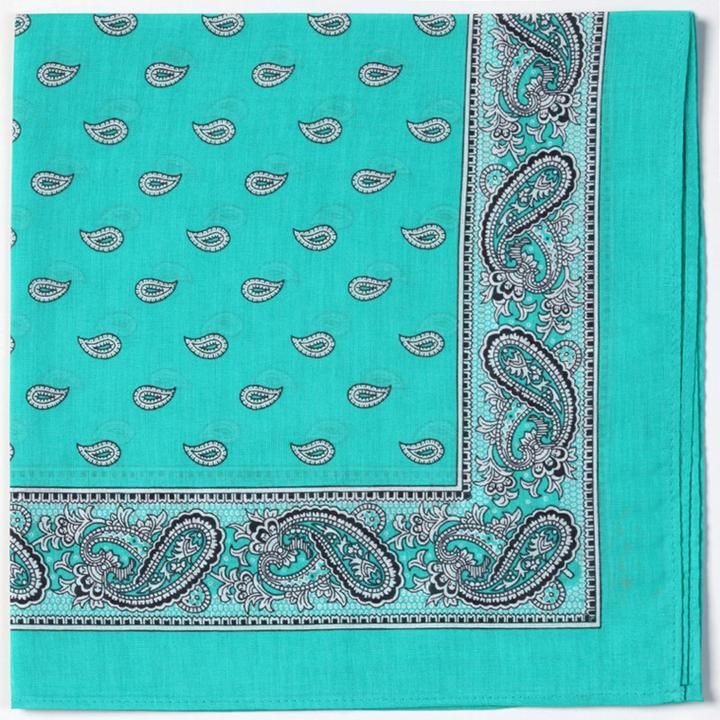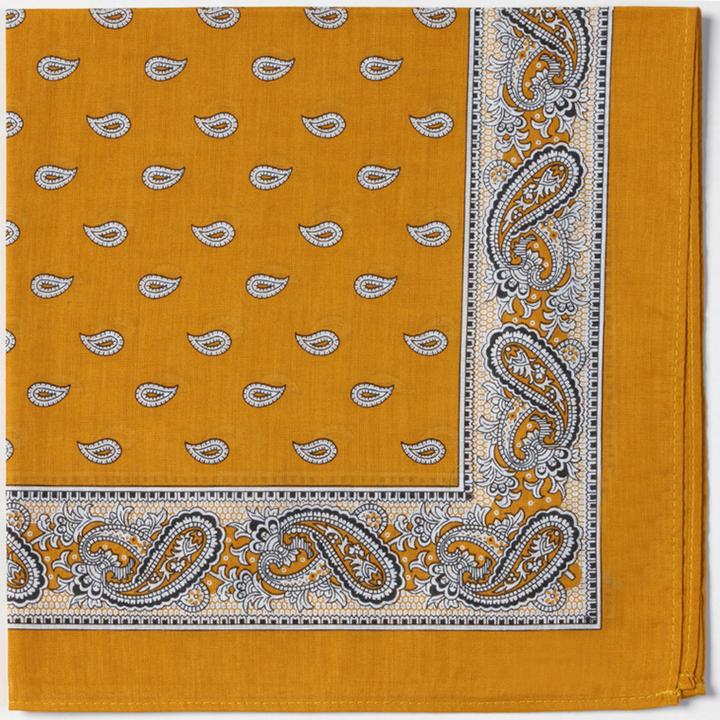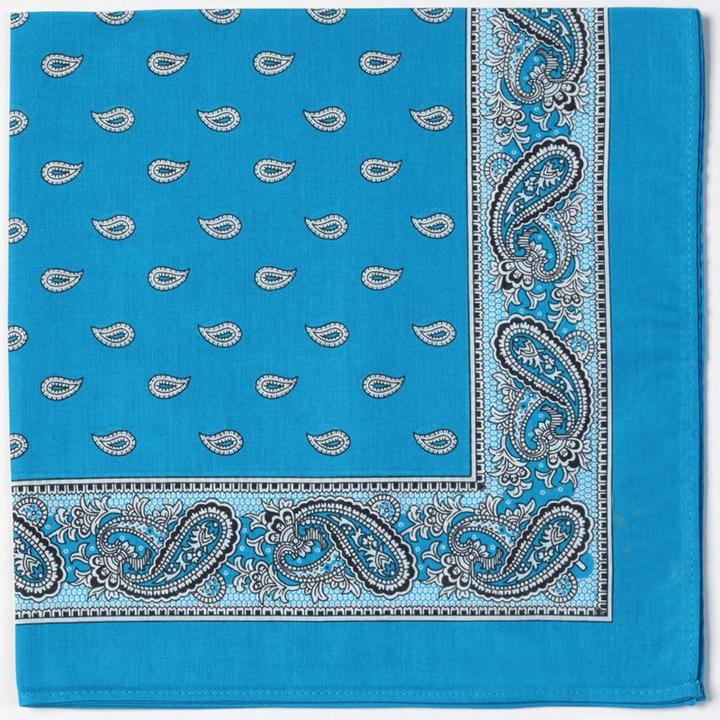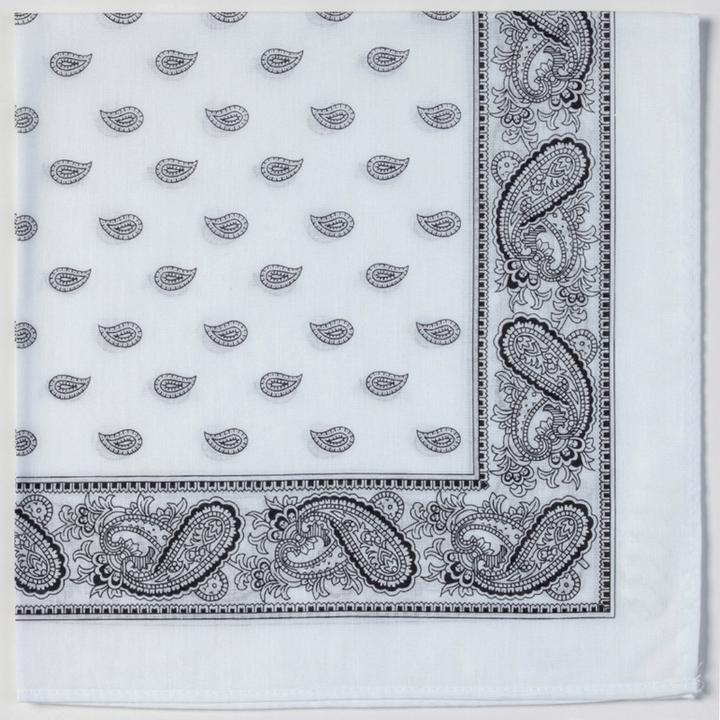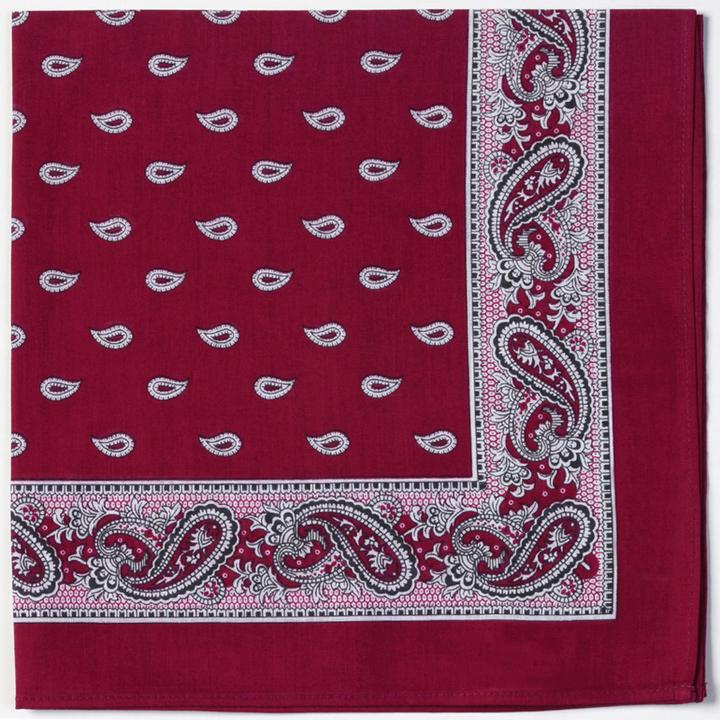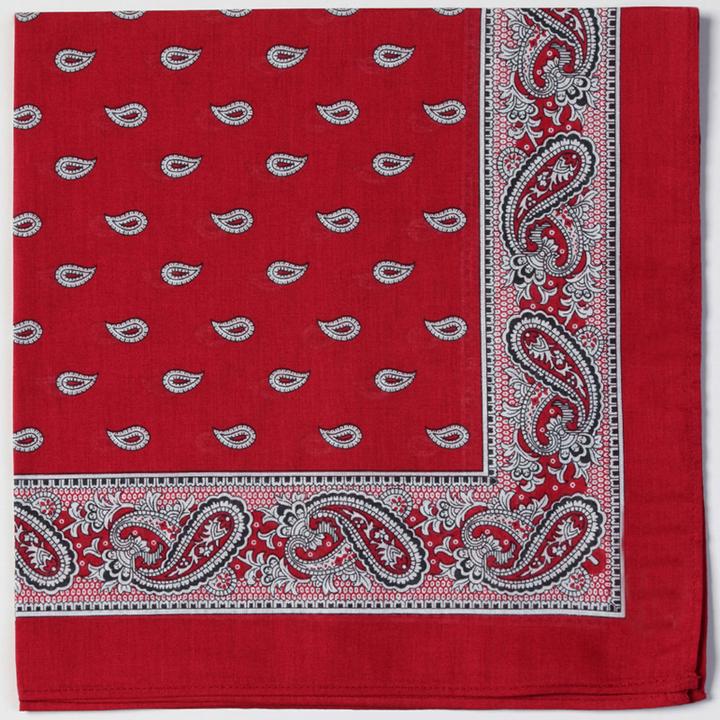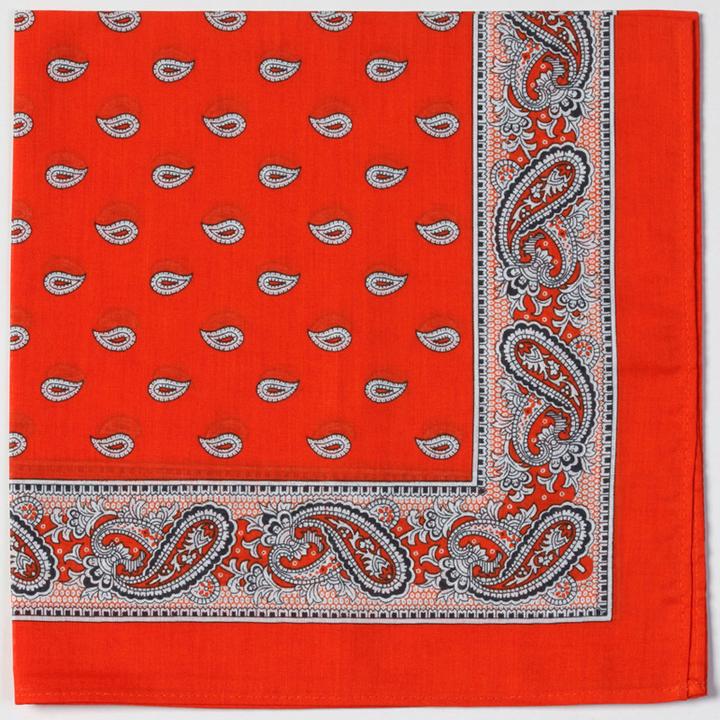Jenni Hemden Glarnertüechli
More than 10 pieces in stock at third-party supplier
Colour18
Product details
Original Glarner Tüechli
Mercerized, 100% cotton, washable at 60°C
Swiss Made
In the 17th century, seafarers brought colorful printed fabrics from India to Europe. These cotton prints, known as "Indiennes," attracted great attention with their vibrant patterns and rich colors, and they were in high demand as clothing fabrics, upholstery, and wall coverings. After 1678, manufactories were established in Holland, England, and Germany that printed cotton fabrics in the Indian style. Huguenots who fled from France played a significant role in this development. In the Swiss Confederation, they founded the first fabric printing companies, in Geneva in 1691 and in Neuchâtel in 1715. Soon, more printing companies emerged in Aargau, Bern, Basel, and Zurich, in Glarus in 1740, and in Islikon in 1765. After 1750, fabric printing flourished in France, and in the 19th century, England, the canton of Glarus, and the region of Mühlhausen became some of the most important centers of fabric printing in Europe. The time-consuming hand printing with wooden blocks remained predominant until well into the 19th century. However, inventive minds have been increasingly successful since 1780 in mechanizing the printing process to boost production. Equally significant was the rise of chemical dyes after 1860. At the same time, machine textile printing experienced a powerful surge in many countries, gradually completely displacing the old hand printing with blocks. The unique boom of the Glarner textile industry began after 1815. Numerous larger and smaller fabric printing companies started operations in the Glarner lower and middle lands. After 1822, over 20 spinning and weaving mills settled along the Linth and its tributaries. Glarner trading companies and the manufacturers themselves ensured the worldwide distribution of the printed fabrics, continuously exploring new markets.
Exact colour description | Black |
Clothing type | Cloth + Foulard |
Pattern | Unicoloured |
Material composition | Cotton |
Item number | 21238874 |
Manufacturer | Jenni Hemden |
Category | Scarfs |
Release date | 21.6.2022 |
Sales rank in Category Scarfs | 607 of 5087 |
Colour | Black |
Exact colour description | Black |
Material composition | Cotton |
Upper | Cotton |
Clothing type | Cloth + Foulard |
Pattern | Unicoloured |
CO₂-Emission | |
Climate contribution |
Compare products
Goes with
Reviews & Ratings
Warranty score
How often does a product of this brand in the «Scarfs» category have a defect within the first 24 months?
Source: Digitec Galaxus- 1.Cash-Mere0 %
- 1.Cinereplicas0 %
- 1.Jenni Hemden0 %
- 1.Mondo Motors0 %
- 1.Sterntaler0 %
Warranty case duration
How many working days on average does it take to process a warranty claim from when it arrives at the service centre until it’s back with the customer?
Source: Digitec Galaxus- Jenni HemdenNot enough data
- BartsNot enough data
- BeechfieldNot enough data
- BranditNot enough data
- BuffNot enough data
Unfortunately, we don't have enough data for this category yet.
Return rate
How often is a product of this brand in the «Scarfs» category returned?
Source: Digitec Galaxus- 7.Sterntaler2.6 %
- 9.Urban Classics3.5 %
- 10.Jenni Hemden4.2 %
- 11.Pieces5.9 %
- 12.Cash-Mere6.3 %
